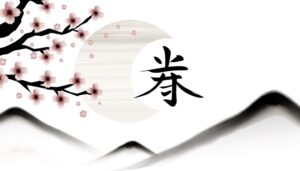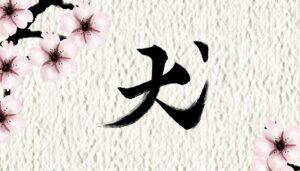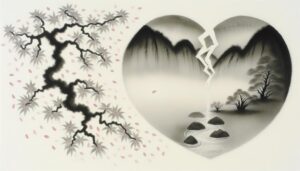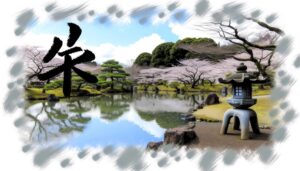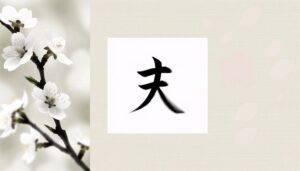What Is the Japanese Friendship Symbol?
The Japanese kanji for friendship, represented by the character 友 (yū), has its roots in ancient Chinese script and carries deep cultural significance in Japan. It embodies ideals of camaraderie, loyalty, and mutual respect.
Historically connected to Confucian principles, this symbol has been a cornerstone of social cohesion and appears frequently in classical literature and traditional arts. Celebrations such as Cherry Blossom Viewing (Hanami) and calligraphy (Shodō) prominently feature this symbol, signifying the fluid and enduring nature of friendships.
Exploring how 友 is used in modern contexts provides deeper insights into its enduring relevance in Japanese culture.
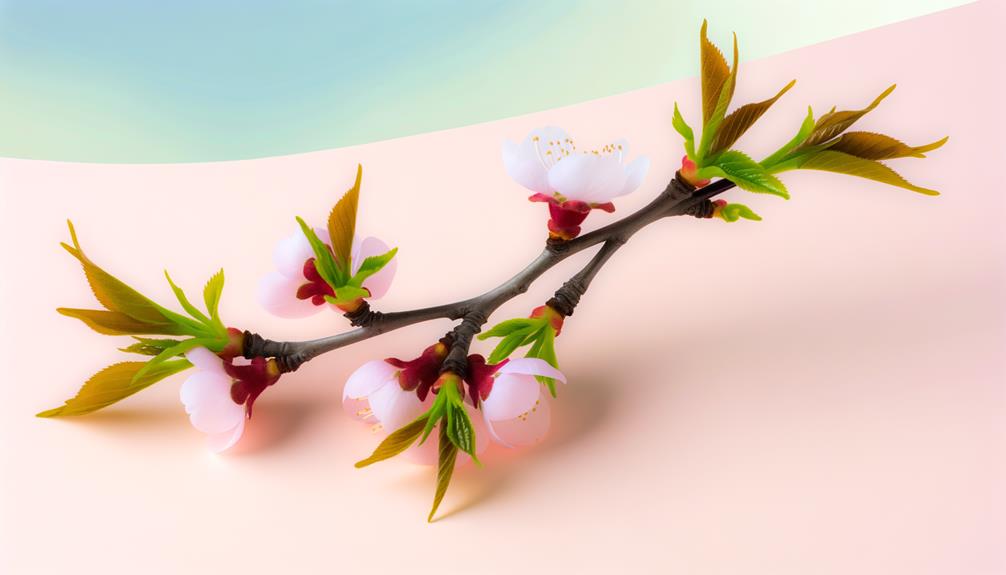
Key Takeaways
- The kanji for friendship in Japanese is "友" (yū), representing the concept of companionship and camaraderie.
- "友" originates from ancient Chinese script, reflecting deep cultural and historical significance in both Chinese and Japanese cultures.
- This kanji is central to Confucian ideals, emphasizing social cohesion, mutual respect, and loyalty in friendships.
- It appears in traditional art, literature, and modern language, symbolizing enduring human connections.
- Festivals like Cherry Blossom Viewing and Seijin Shiki celebrate friendship, highlighting the kanji's cultural importance.
Historical Background of 友
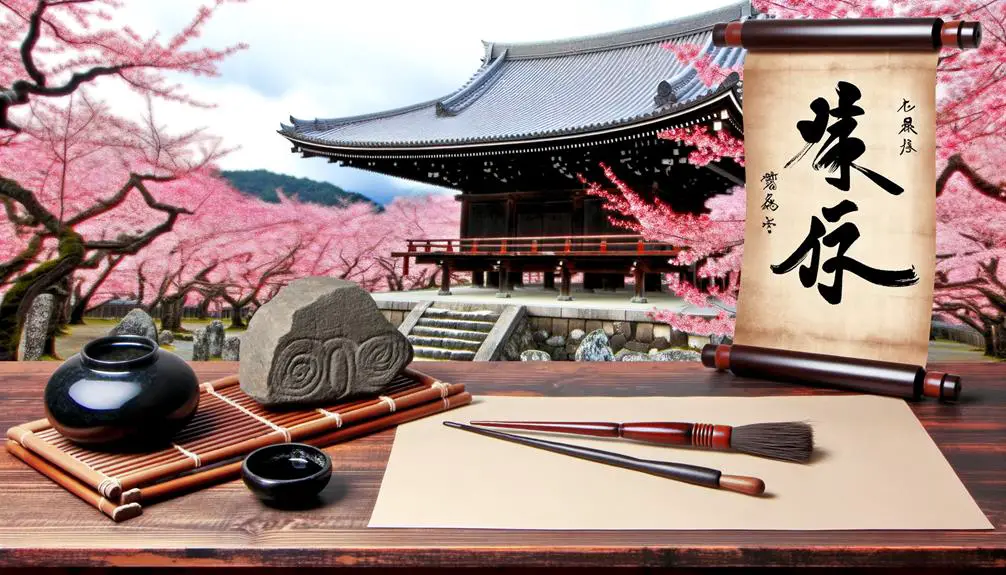
The historical background of the kanji character 友 (yū), symbolizing friendship in Japanese, can be traced back to ancient Chinese script. It originally depicted two hands joined together in a gesture of unity and cooperation, encapsulating the essence of mutual support and camaraderie.
Over centuries, the character evolved through various script forms, including oracle bone script, bronze inscriptions, and seal script, before standardizing in the modern form used today. Its etymological roots are deeply embedded in Confucian ideals, emphasizing the moral and social importance of harmonious relationships.
The transformation of 友 reflects cultural shifts while maintaining its core symbolism, underscoring the timeless value placed on friendship in both Chinese and Japanese societies.
Meaning of 友
The kanji character 友 (yū) embodies the essence of friendship in the Japanese lexicon, with its etymology tracing back to ancient Chinese script where it originally symbolized two hands in mutual support.
This character holds deep cultural significance, often representing the enduring bonds and mutual respect inherent in Japanese social relationships.
In modern usage, 友 continues to be a prevalent symbol in various contexts, from personal relationships to literary expressions, encapsulating the timeless value of companionship.
Etymology of 友
Rooted in ancient Chinese script, the kanji 友 (yū) signifies the deep and enduring concept of friendship. Its etymology traces back to the oracle bone script, where it symbolized the image of two hands joined together, epitomizing mutual support and companionship.
The character evolved through the bronze script and the small seal script, preserving its core essence of relational harmony and trust. In classical texts, 友 was often used to describe alliances and bonds between individuals, emphasizing loyalty and shared values.
Within the Japanese lexicon, 友 retains this rich historical connotation, embodying the ideals of camaraderie and mutual respect. This etymological journey underscores the timeless nature of friendship as an intrinsic human value.
Cultural Significance
Understanding the etymological roots of 友 (yū) provides a foundation for appreciating its profound cultural significance in Japanese society. This character embodies the essence of companionship and mutual trust, essential values in Japanese interpersonal relationships. Its importance permeates various aspects of life, from personal connections to broader societal interactions.
- Historical Context: Rooted in Confucian ideals, 友 emphasizes moral virtues and loyalty.
- Social Cohesion: Acts as a cornerstone for building harmonious communities.
- Literary References: Frequently appears in classical literature, underscoring its timeless relevance.
- Artistic Expression: Symbolized in traditional art forms like calligraphy and poetry.
- Philosophical Dimensions: Reflects the intrinsic human need for connection and mutual support.
These elements underscore 友's integral role in shaping Japanese cultural and social norms.
Modern Usage
In contemporary Japanese society, the character 友 (yū) continues to embody the ideals of friendship through its utilization in various modern contexts, from everyday language to digital communication. The character remains a powerful symbol, appearing in educational settings, social media, and even corporate environments to denote camaraderie and mutual support.
| Context | Usage Example | Significance |
|---|---|---|
| Everyday Language | 友達 (tomodachi) | Commonly used to refer to friends. |
| Education | 親友 (shinyū) | Indicates a close or best friend. |
| Social Media | 友達リクエスト (tomodachi rikuesuto) | Friend request in social platforms. |
| Corporate Culture | 友好関係 (yūkō kankei) | Describes friendly business relations. |
This showcases the enduring relevance of 友 (yū) in fostering connections and building relationships in contemporary Japan.
Usage in Modern Japanese
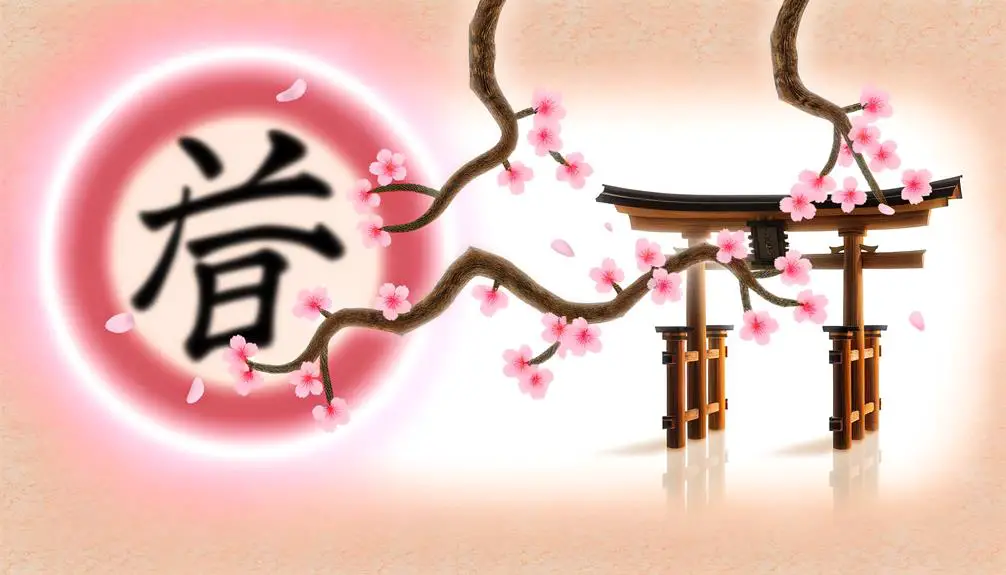
The use of the kanji symbol 友 (yū) for friendship is prevalent in contemporary Japanese culture, often appearing in various forms of media, art, and personal expressions. This character is deeply embedded in the social fabric and holds significant sentimental value.
- Media: Frequently seen in anime, manga, and films, symbolizing bonds between characters.
- Gifts: Emblazoned on friendship bracelets, necklaces, and other tokens of goodwill.
- Tattoos: Chosen for its deep meaning and elegant form, often by those wishing to memorialize friendships.
- Stationery: Featured on greeting cards, letters, and school supplies, fostering a sense of camaraderie.
- Calligraphy: Practiced in traditional and modern styles, serving as both an artistic and meaningful expression.
This multifaceted usage underscores its enduring relevance and emotional resonance in modern Japan.
友 in Japanese Art
The character 友 (yū), symbolizing friendship, has been a recurrent motif in Japanese art, where it has historically been featured in calligraphy, ink paintings, and traditional crafts, embodying the cultural value placed on interpersonal bonds.
In contemporary contexts, this symbol frequently appears in modern media, such as manga and anime, as well as in various forms of digital and street art, reflecting evolving interpretations of friendship.
Historical Symbolism in Art
Rooted deeply in Japanese cultural heritage, the kanji character 友 (yū) has been a profound symbol of friendship and camaraderie in various forms of traditional and contemporary Japanese art. Historical symbolism in Japanese art often reflects societal values, and 友 is no exception. This character has adorned:
- Calligraphy artworks: Showcasing the elegance and fluidity of the brush strokes.
- Scroll paintings: Integrating 友 within scenic or narrative depictions.
- Ceramics: Embellishing pottery with intricate designs that include the character.
- Kimono patterns: Symbolizing connections and bonds among wearers.
- Woodblock prints (ukiyo-e): Highlighting themes of companionship and shared experiences.
Such usage underscores the enduring significance of friendship in Japanese culture, transcending eras and artistic mediums.
Modern Interpretations and Usage
In contemporary Japanese art, the kanji character 友 (yū) continues to serve as a potent symbol of friendship, often reinterpreted through modern aesthetics and innovative mediums.
Artists integrate 友 into various artistic forms, such as digital art, street murals, and minimalist calligraphy, reflecting both traditional values and contemporary sensibilities. The character is frequently stylized to harmonize with modern design principles, embracing abstract and avant-garde approaches. This evolution highlights the dynamic nature of cultural symbols, as 友 retains its essence while adapting to new artistic landscapes.
Additionally, the kanji is popular in tattoo art, symbolizing enduring bonds, and in graphic design, where it underscores themes of unity and camaraderie in branding and visual storytelling.
Celebrations of Friendship

Japanese culture honors friendships through various traditional celebrations that reflect deep-seated values of loyalty and mutual respect. These celebrations serve as a testament to the enduring nature of interpersonal bonds, emphasizing shared experiences and emotional connections.
Some remarkable celebrations include:
- Tanabata (Star Festival): A festival where friends write wishes on tanzaku (small paper strips) and hang them on bamboo branches.
- Hanami (Cherry Blossom Viewing): Friends gather under blooming cherry trees to appreciate the fleeting beauty of sakura.
- Shin'nenkai (New Year's Party): Marking the start of the new year, friends come together to celebrate and set intentions.
- Bon Odori (Bon Dance Festival): A communal event where friends honor ancestors through dance.
- Seijin Shiki (Coming of Age Day): A celebration where friends support each other in transitioning to adulthood.
友 in Calligraphy
The kanji symbol 友, representing 'friend' or 'friendship,' holds significant cultural value, especially when rendered in the art of calligraphy. This traditional Japanese practice transforms the character into an expressive form, emphasizing both aesthetic beauty and emotional depth.
Calligraphy, or shodō, is not merely about writing; it is an art form that conveys the spirit and intention of the calligrapher. Each stroke in 友 must be executed with precision, reflecting harmony and balance. The brush movements symbolize the fluidity and strength inherent in true friendship.
Mastery of such kanji in calligraphy requires dedicated practice and an understanding of the cultural nuances that imbue the character with its profound meaning.
Learning 友 in Language

Mastering the kanji 友 within the context of the Japanese language involves not only understanding its linguistic structure but also appreciating its cultural connotations and historical significance.
The character 友, representing 'friend,' is essential in both written and spoken Japanese. It is constructed from two primary radicals, 又 (yòu) and � (ér), which together symbolize the concept of companionship and support.
To aid in learning, consider the following points:
- Radicals: Recognize the components that form 友.
- Pronunciation: Practice its readings—on'yomi (yū) and kun'yomi (tomo).
- Usage: Study its application in various contexts and phrases.
- Stroke Order: Learn the correct sequence to write 友.
- Etymology: Explore its historical evolution and roots.
Understanding these facets will deepen your appreciation and mastery of 友 in Japanese.
Cultural Significance of 友
In the rich tapestry of Japanese culture, the kanji 友 encapsulates a profound significance that extends beyond its literal meaning of 'friend'. This character is deeply woven into the societal fabric, symbolizing a bond characterized by mutual respect, loyalty, and shared experiences.
In Japan, friendships are not merely casual associations; they are enduring connections that often require time and effort to cultivate. The kanji 友 is frequently used in various cultural practices and rituals, symbolizing the importance of camaraderie and community. Additionally, it reflects a collective ethos where interpersonal relationships are built on trust and sincerity, essential elements in Japanese social interactions.
Therefore, 友 is not just a word but a cultural emblem, representing the essence of meaningful human connections.
Conclusion
The symbol for friendship in Japanese, 友 (yū), embodies a rich tapestry of historical significance, cultural depth, and contemporary relevance.
From its ancient origins to its presence in modern art and calligraphy, 友 serves as a timeless proof to the value of human connection.
This character, like a bridge spanning generations, underscores the enduring importance of friendship in Japanese society, highlighting its role in both personal relationships and broader cultural expressions.

